Barking Spider Species Guide
Identifying and understanding the world's acoustic arachnids
Taxonomy & Classification
The term "barking spider" encompasses several species within the family Theraphosidae (commonly known as tarantulas) that produce audible sounds through various stridulation mechanisms. The most well-known and studied is the Australian Whistling Spider (Selenocosmia crassipes), but several related species also demonstrate acoustic behaviors.
While S. crassipes remains our primary research focus, recent field expeditions have documented acoustic behaviors in previously unstudied species. This guide provides taxonomic information, distribution data, and acoustic profiles for all currently known barking spider species.
Note that our classification system categorizes species by both their phylogenetic relationships and their acoustic characteristics, creating a unique taxonomy that bridges biology and bioacoustics.
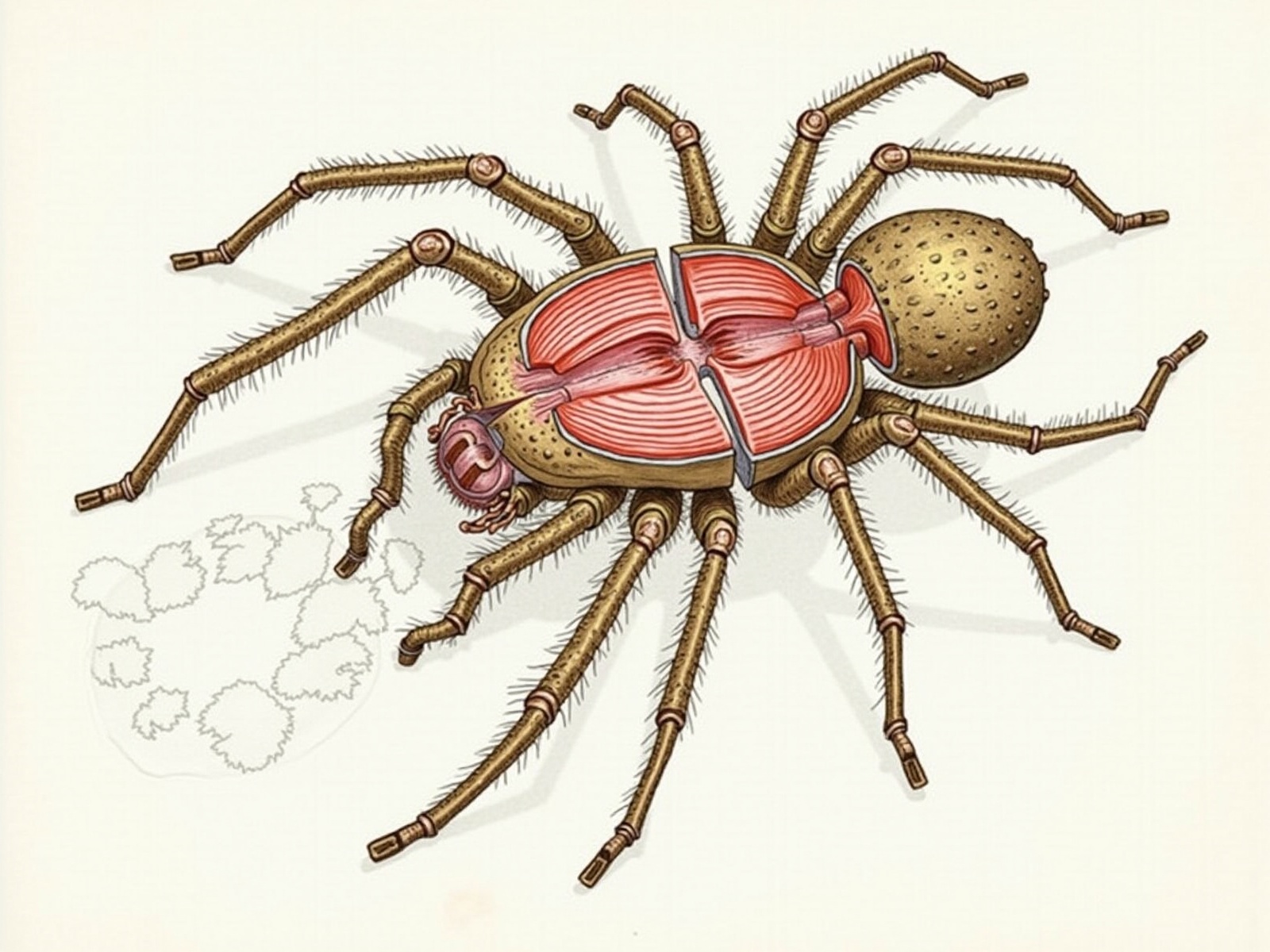
Species Catalog
Our comprehensive guide to known barking spider species with identification characteristics, habitat information, and acoustic profiles.
Filter By:
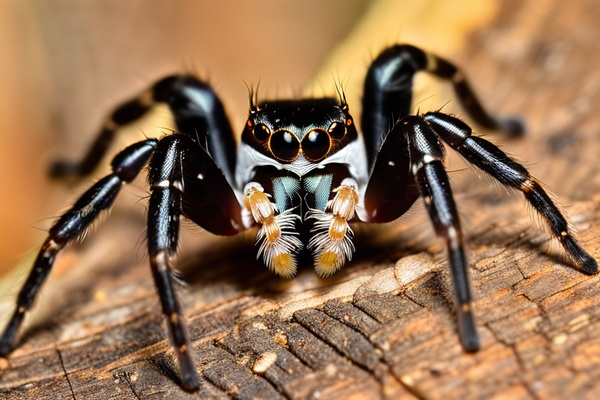
Australian Barking Spider
Selenocosmia crassipes
The most studied and acoustically prolific of all barking spiders. Produces a wide range of sounds from soft whistling to loud defensive hisses. Capable of projecting sound up to 3 meters in defensive displays.
Acoustic Profile:
Typical defensive vocalization
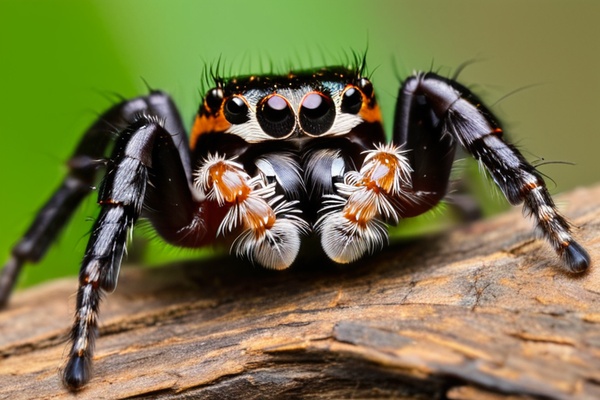
Asian Barking Spider
Chilobrachys stridulans
Produces distinct rasping sounds when disturbed, with frequencies higher than the Australian species. Recent research indicates these spiders may use sounds for intraspecies communication rather than just defensive purposes.
Acoustic Profile:
Typical warning sound
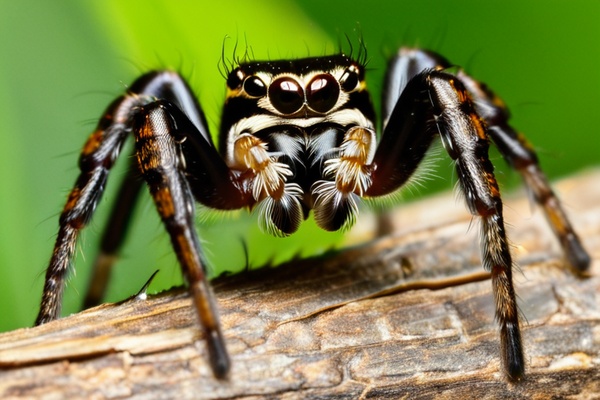
Trinidadian Barking Spider
Psalmopoeus stridulans
Unique among barking spiders for its arboreal lifestyle and distinctive two-phase stridulation pattern. Produces a soft "purring" sound during courtship that transitions to a sharp hiss when threatened.
Acoustic Profile:
Courtship "purring" sound
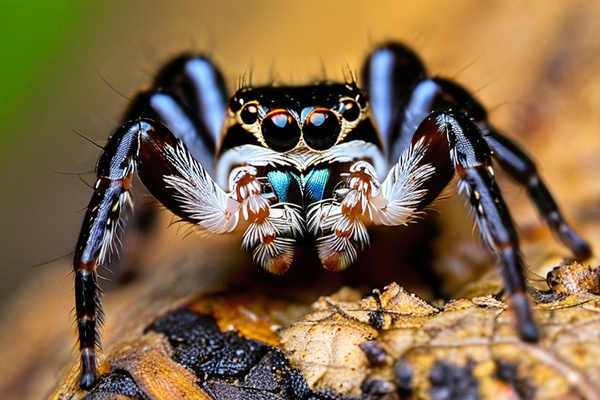
Northern Barking Spider
Phlogius crassipes
Closely related to S. crassipes but with distinct acoustic differences. Produces lower frequency sounds with greater resonance, particularly effective in its humid rainforest habitat.
Acoustic Profile:
Typical territorial sound
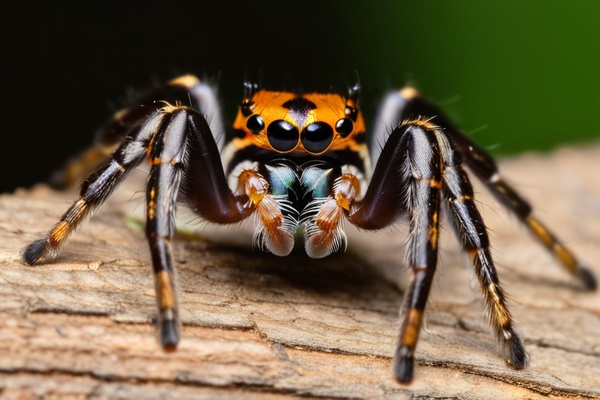
Chinese Barking Spider
Haplopelma hainanum
Recently discovered to produce complex stridulation sequences when disturbed. Habitat destruction and collection for traditional medicine have severely threatened this species, making acoustic studies increasingly important for monitoring remaining populations.
Acoustic Profile:
Defensive stridulation sequence

Brazilian Barking Spider
Acanthoscurria geniculata
The largest of the American barking spiders, with the most varied acoustic repertoire. Our field recordings have documented at least 8 distinct sound patterns used in different contexts, from territorial displays to mating rituals.
Acoustic Profile:
Territorial warning sound
Global Distribution
Barking spiders are found primarily in tropical and subtropical regions across three continents. Their distribution corresponds closely with the evolution of stridulating organs.
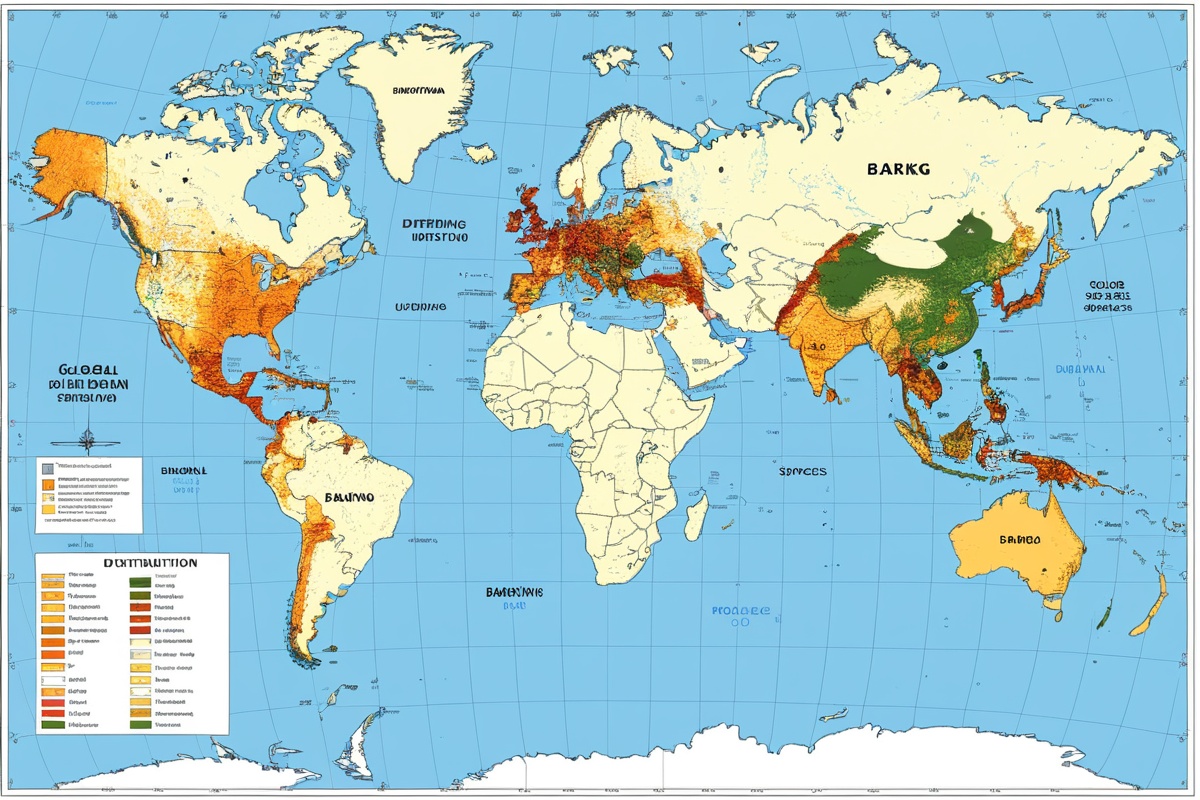
Note: Dot size represents relative population density. Click on the map for an interactive version with detailed locality data.
Field Identification Guide
Identifying barking spiders in the field requires careful observation of physical characteristics and, ideally, acoustic documentation. While detailed taxonomic keys are provided in our scientific publications, this simplified guide highlights key features for preliminary field identification.
Key Identification Features:
- Stridulating Organs: Located between the chelicerae and palps, these specialized structures vary distinctly between species
- Leg Proportions: Australian species typically have shorter, stockier legs than Asian counterparts
- Coloration Patterns: While coloration varies within species, certain patterns on the abdomen and carapace are diagnostic
- Burrow Structure: Each species constructs characteristic burrows that can aid identification
- Acoustic Signature: The most reliable identification method is recording and analyzing the unique acoustic patterns
Our fieldwork guidelines provide detailed protocols for documenting and recording barking spiders while minimizing disturbance.
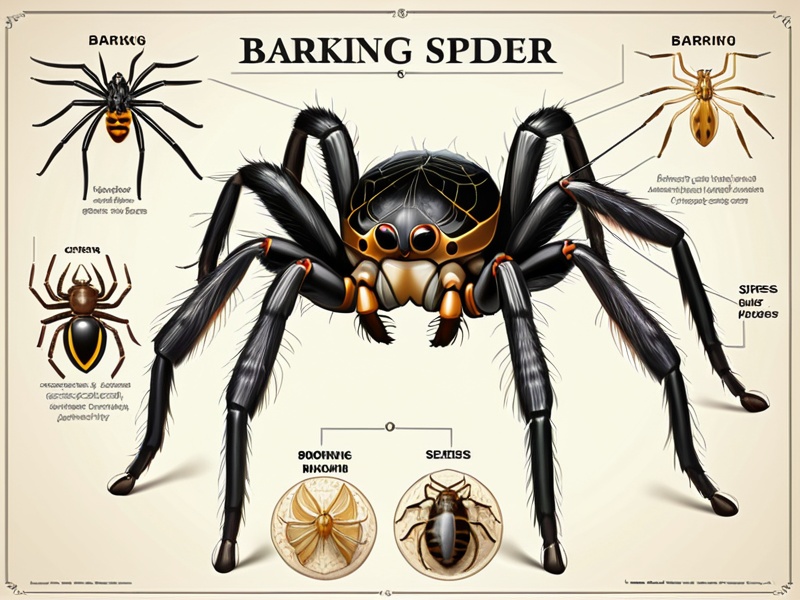
Conservation Concerns
Several barking spider species face significant threats due to habitat loss, climate change, and collection for the exotic pet trade.
Habitat Loss
The specialized burrow requirements of most barking spider species make them particularly vulnerable to habitat disruption. Deforestation in Southeast Asia has already led to local extinctions of Haplopelma species.
Climate Change
Rising temperatures and changing precipitation patterns are affecting burrow stability and prey availability, particularly for Australian species adapted to specific rainfall patterns.
Pet Trade
The exotic pet market has placed pressure on wild populations, with collectors targeting areas where endangered species are known to occur. Our institute advocates for captive breeding programs as an alternative.
Acoustic Monitoring
Our pioneering work in spider bioacoustics has enabled non-invasive population monitoring. By deploying automated recording devices, we can assess population density and health without disturbing burrows.
Learn About Our MethodsCitizen Science Initiative
Help expand our knowledge of barking spider distributions and behaviors through our global citizen science program. With just a smartphone and our free app, you can contribute valuable data to our research.
How to Participate:
- Download our SpiderListen app (available for iOS and Android)
- Record any suspected barking spider sounds
- Note the location, time, and environmental conditions
- Upload your recording through the app
Our research team will analyze submissions and provide identification feedback. Confirmed recordings are added to our global database with credit to the contributor.



